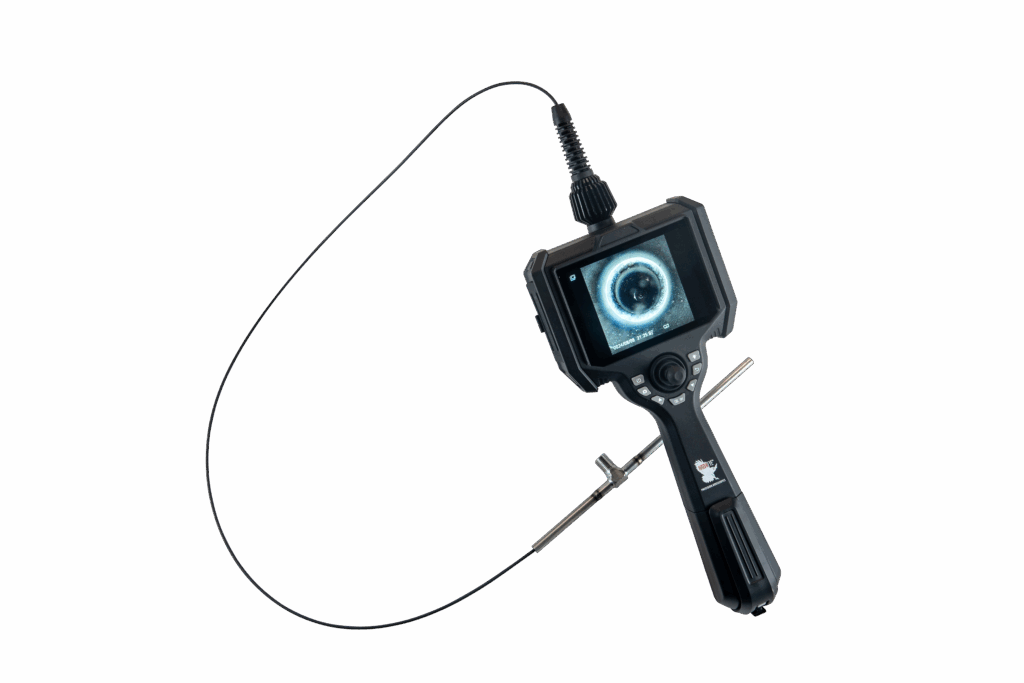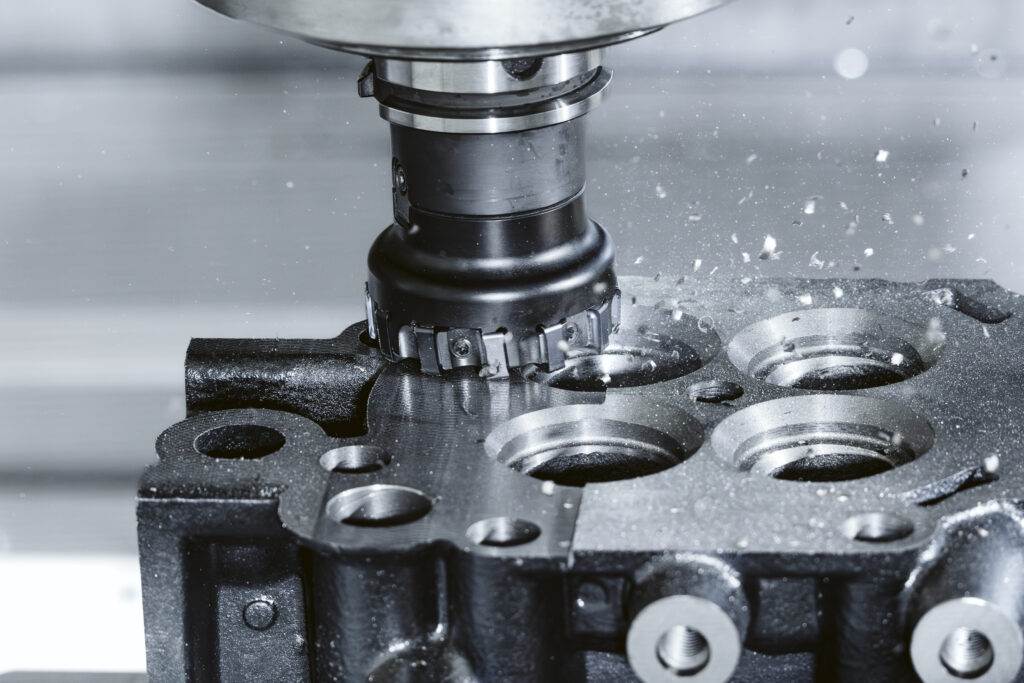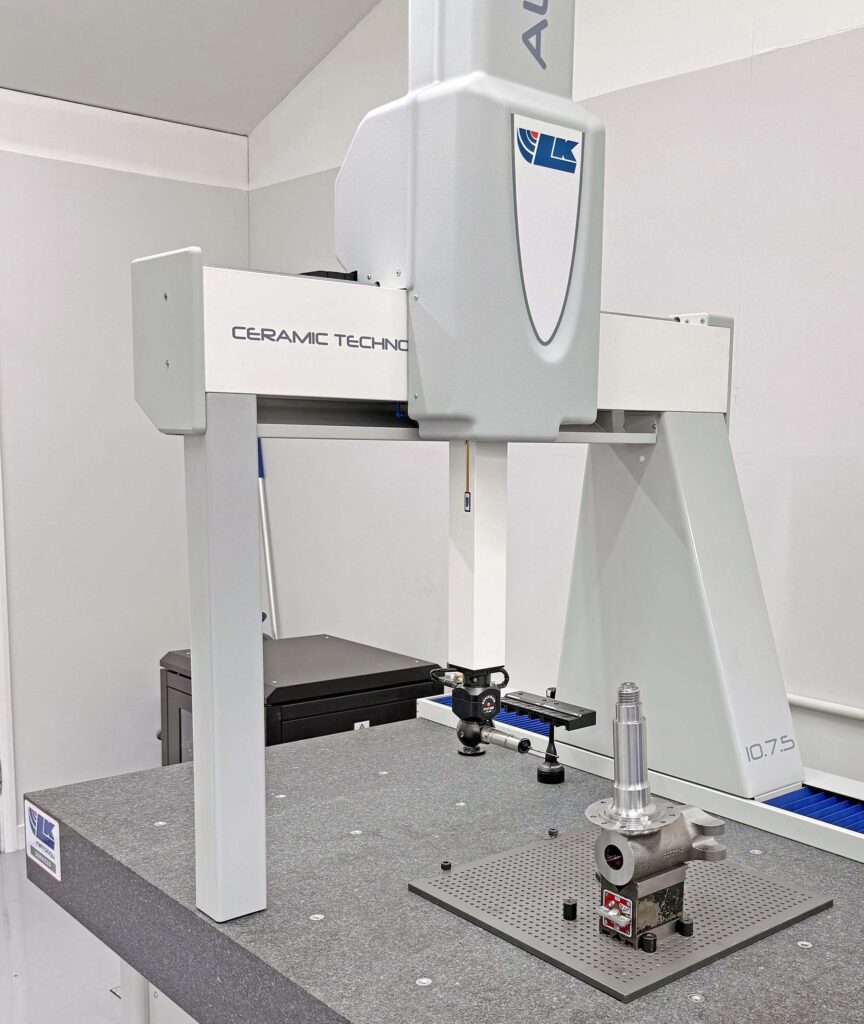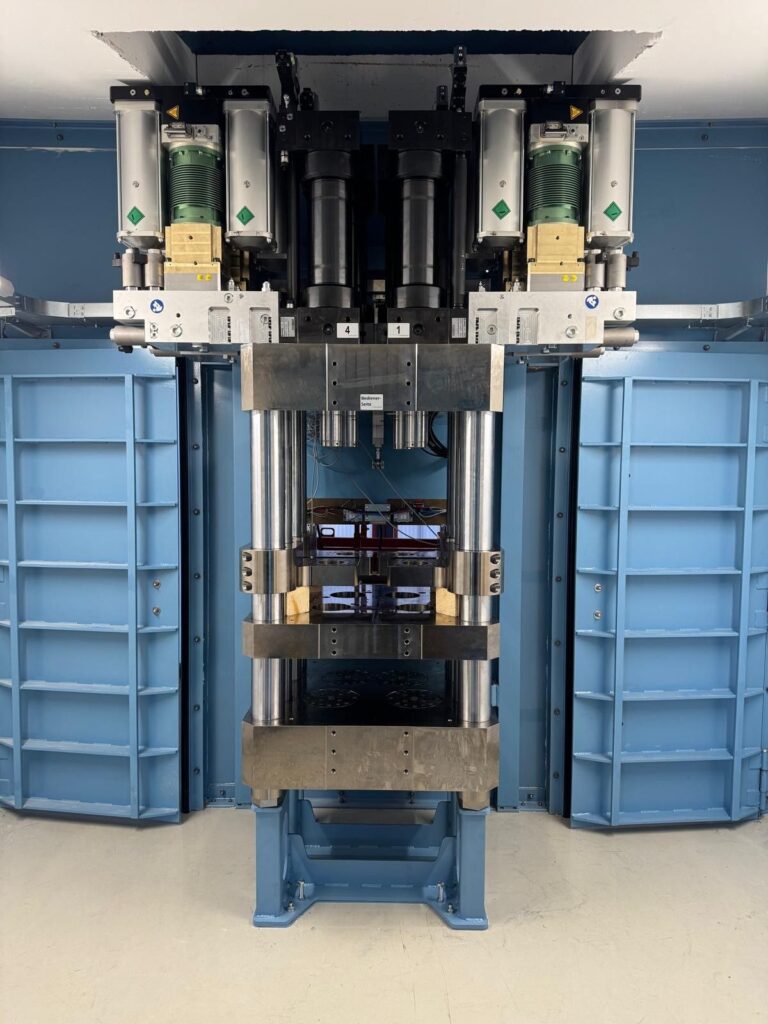Superfinishing: Enhancing Surface Quality with Kemet’s PR3 Composite
Estimated reading time 3 minutes
Superfinishing entails the meticulous refinement of surfaces on workpieces to achieve a smooth and reflective finish. Widely adopted within the manufacturing sector, this process significantly enhances component performance and durability. Achieving a surface finish with a Ra value below 0.01µm presents a notable challenge, often necessitating compromises in traditional superfinishing methods. Addressing this challenge, Kemet, a leading provider of surface finishing solutions, has introduced a groundbreaking composite plate material known as PR3, offering a promising solution. This discourse delves into the advantages and applications of Kemet’s innovative PR3 composite material in superfinishing operations.
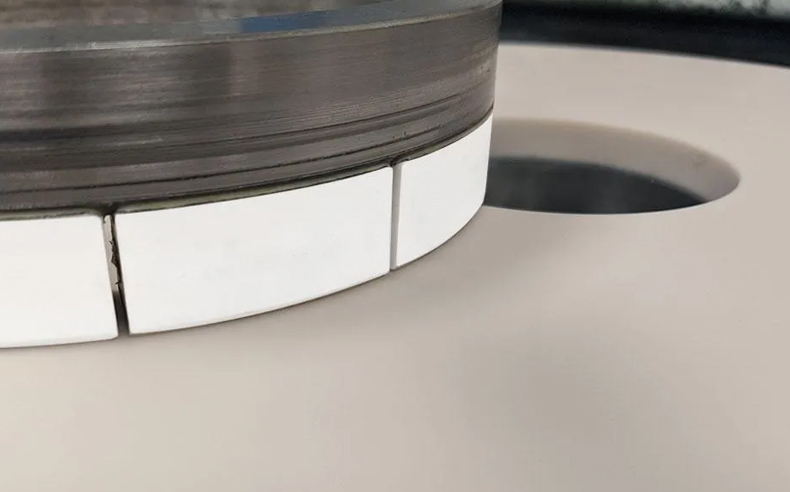
The conventional superfinishing process typically comprises two stages: lapping and polishing. Lapping involves the creation of a flat surface with a uniform finish by rubbing abrasive materials against two surfaces. Subsequently, polishing utilises a polishing pad to achieve an exceptionally smooth finish on the workpiece. While effective for many components, this process often results in a phenomenon known as roll-off. Roll-off occurs when the workpiece sinks into the polishing pad material, causing the removal of sharp edges—a detrimental effect, particularly in certain applications.
Kemet’s PR3 composite plate material offers a pioneering solution to the challenges associated with traditional superfinishing techniques. Engineered to complement Kemet’s closely graded Liquid Diamond slurries and Diamond paste, this innovative material delivers an unparallelled surface finish, surpassing conventional polishing methods. Notably, the PR3 composite plate material also exhibits impressive material removal capabilities. Its metal-free composition renders it ideal for applications where metallic contact is undesirable, such as in the nuclear and electronics sectors.
Furthermore, the absence of metallic components in the plate, combined with the incorporation of conditioning rings featuring ceramic coatings, results in significantly improved part cleanliness post-lapping. This improvement is particularly evident in the case of ceramic materials utilising white aluminium oxide. Given the superior surface finish achieved by PR3 across various materials, the need for subsequent pad polishing is obviated. In instances where secondary pad polishing is required, the brief duration of the polishing period prevents any compromise in quality.
The PR3 composite plate material developed by Kemet proves highly beneficial in scenarios necessitating the preservation of sharp edges, such as in sealing components where roll-off could lead to leakage. Additionally, it is well-suited for applications requiring avoidance of metallic contact, as observed in the nuclear and electronics industries. Kemet extends its services by offering complimentary testing for all lapping or polishing applications, irrespective of an established process. For further information, please contact sales@kemet.co.uk.
